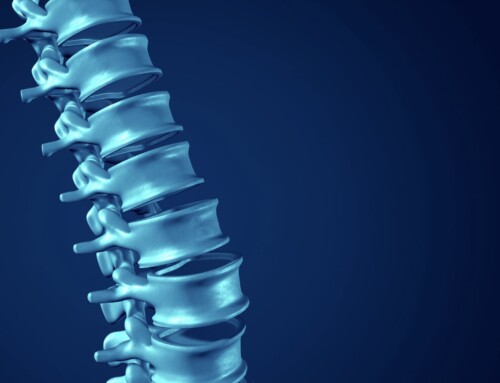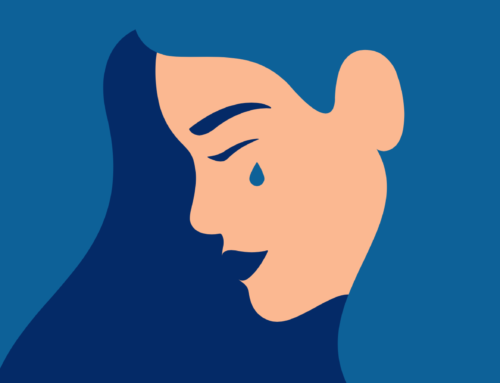“Our modern lifestyle is disrupting a deeply ingrained, primordial, and universal code to being healthy.” This is how Dr. Satchin Panda, a professor at the Salk Institute in San Diego and a researcher on circadian rhythms, begins his book, The Circadian Code.
His statement is backed up by a compelling body of research.
In 2012, Dr. Panda’s team divided genetically identical mice into two groups, one with unlimited access to a high fat-diet, and another with access to the same high fat-diet but whose eating was restricted to an 8-hour window (the second group, however, could eat whatever they wanted during that 8-hour window). The total caloric intake per day was the same in both groups.
The result: the mice with time restriction showed no signs of disease often seen with a poor diet. No weight gain, diabetes, elevated cholesterol levels, fatty liver, or elevated markers of inflammation.
In 2014, Dr. Panda’s team took it further. They divided genetically identical mice into four groups based on four different diets—high fat, high fructose, high fat and high sucrose (table sugar), and regular mouse kibble. Each of these groups had unrestricted eaters as well as those with time restrictions. Again, the caloric intake for all the mice was the same.
The result: the unrestricted eaters in all groups tended to be obese with blood sugar, cholesterol, and inflammatory disorders, while those that ate within a nine- or twelve-hour window stayed healthy, even if the latter “cheated” on the weekends.
The purpose of these studies isn’t to condone a poor diet, but to stress the impacts of circadian rhythms on health and disease. When we eat seems to affect our circadian rhythms more than even light-dark cycles.
What is the circadian clock?
The circadian clock is a biological rhythm found in plants, animals, and humans, closely aligned with the 24-hour day. This clock is influenced by our external environments, but is also controlled internally by our genes. Each organ has a set of genes that turn on, then turn off, at various times of the day and night. And though our environments have changed dramatically over the past few centuries, our physiology remains largely the same today as it did two million years ago. In other words, there is a mismatch between our internal clocks and our modern external rhythms.
Many of us know about the circadian rhythm, or have at least experienced it, in terms of jet lag. Jet lag happens in part because melatonin, a brain chemical that dictates when we feel sleepy and when we feel alert, gets disrupted by time zone changes. But since each organ has its own internal clock, the liver is thrown off, too. And the digestive tract. And the lungs, the kidneys, and so on, through every organ. It takes on average one day for every hour of time change for the body to adjust.
Why this matters
When we deviate from our internal clocks, it creates added stress on the body. And added stress makes us more vulnerable to chronic disease. Disrupted rhythms have been correlated with insomnia, attention deficit hyperactivity disorder (ADHD), depression, anxiety, migraines, diabetes, obesity, dementia, and cardiovascular disease. On the flip side, aligning with our clocks can optimize function, and optimizing function means improving health.
The good news
Getting back in sync is relatively easy. We can optimize our clocks in just a few weeks.
Based on the rhythms of insulin, digestion, and sleep, Dr. Panda recommends the following:
- Eat a big breakfast. Don’t skip it! This sets the clocks for the other organs.
- Eat a medium-sized lunch. Drink 1-2 glasses of water between meals for increased satiety, or healthy snacks in between are fine, too.
- Eat a small dinner. The earlier the better. If you want to skip one meal a day, it’s best to skip dinner.
- Nothing to eat or drink after dinner (water and herbal teas are okay).
Research suggests to repair, reset, and rejuvenate, it’s best to have a fasting window of 12 hours or more (EX: 8:00 am-8:00 pm, or -6:00 pm for the more ambitious). Our bodies need this window as much as our brains do.
Time-restricted eating isn’t about counting calories; it’s being mindful and disciplined about timing. The benefits can continue even if we go beyond the 12-hour window a couple of times a week.
A few other tidbits
—Our bodies can’t make and break up body fat at the same time. Every time we eat, the fat-making program turns on and the body aims to store it. The fat-burning genes only turn on a few hours after the food stops coming in.
—Gut motility increases during the day and slows down at night. So when we eat late, indigestion, insomnia, and weight gain are more likely.
—The gut’s microbiome (the bacteria, viruses, and yeast that aid in digestion, absorption, and overall health) is affected by our internal rhythms.
The take-home
—The better you can stick to regular eating intervals, the easier on your body.
—A twelve-hour overnight window can have major benefits for your overall health.
—Eat real foods with lots of vegetables of different kinds, and keep the processed foods to a minimum.
—Try this for 30 days and see how you feel.






[…] Confused on what to eat? Then focus on the when. […]